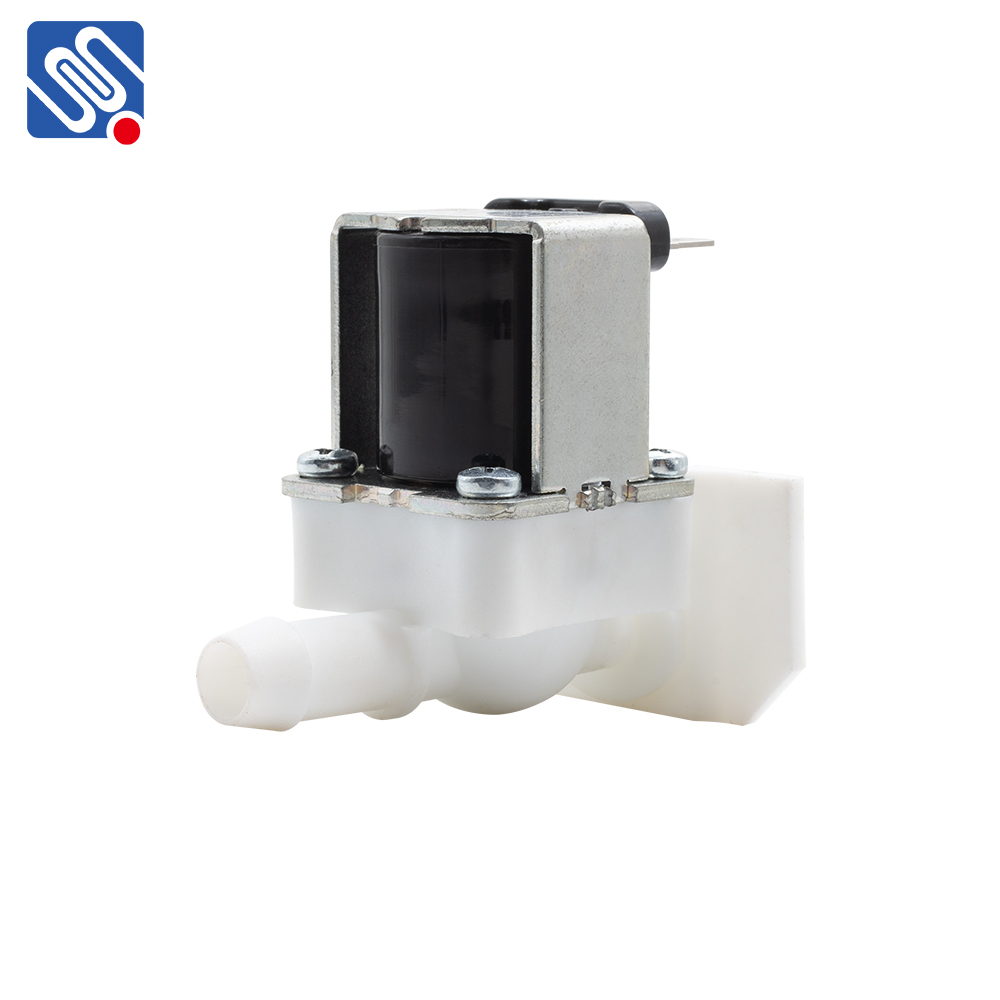understanding low flow solenoid valve: applications, benefits, and working principle
Release time:2025-06-13 03:11:17
A Low Flow Solenoid Valve is a crucial component used in various industries for regulating fluid flow in systems that require precise control, especially where low flow rates are involved. These valves are designed to offer a solution where traditional valves would struggle to operate effectively, due to their inability to handle small quantities of fluid flow. This article delves into the working principle, applications, and benefits of Low Flow Solenoid Valves, shedding light on their role in modern industrial systems.

Working Principle of Low Flow Solenoid Valves
A solenoid valve, in general, consists of an electromagnetic coil, a plunger, and a valve body. When an electric current passes through the solenoid coil, it creates a magnetic field that attracts or repels the plunger, thus controlling the opening and closing of the valve. In a Low Flow Solenoid Valve, this process is carefully optimized to handle small volumes of fluid.
What differentiates Low Flow Solenoid Valves from standard solenoid valves is their ability to precisely control minimal flow rates. This is achieved by using specialized orifices and mechanisms that restrict the flow path, ensuring that even very small amounts of liquid or gas can pass through the valve without causing unnecessary turbulence or flow disruption.

